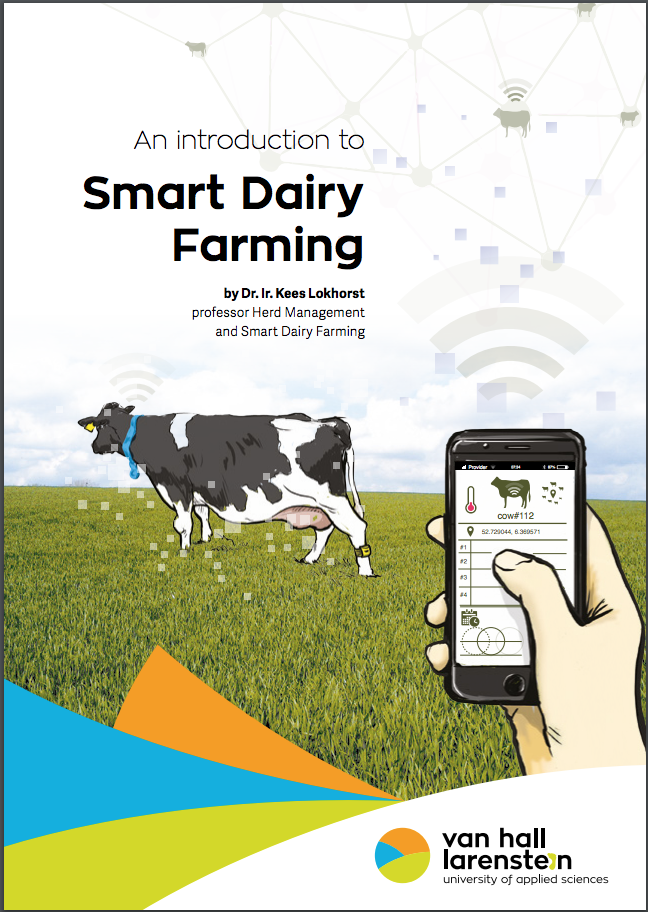BACKGROUND ARTICLE
Education and precision livestock farming
Lenny van Erp,
lector precision livestock farming at HAS University of Applied Sciences
Technology is present in almost every aspect of daily life. So it seems only logical that automation, sensing applications and automatic data analysis make their entrance on our farms. Yet, several reports complain that there’s a gap between what’s possible and what is actually used. With Lenny van Erp, lector precision livestock farming, we talk about the role educational institutions play in bridging that gap and the latest developments in the field.
Building trust
‘At our institution, we work closely together with farmers and suppliers. Especially in the graduation projects, in which students often work at a farm to conduct their research for a real world client.’ The advantage is twofold, according to Lenny. The students learn about the functioning of a farm and the impact of technology on the farmers daily work. On the other hand, farmers see the advantages of technology without a large investment and the suppliers get a lot of input to tailor their product to the farmer’s needs. ‘We, as an educational institution, are a neutral partner for both farmers and technology providers. I often see that the farmers who are involved in a graduation project, become more and more enthusiastic during the project. That helps a lot to build trust. They see the advantages of technology for their work.’
New developments
Precision technology in livestock farming is in its development stage still. Many things are possible, but not yet widely used. ‘I expect that the next big step will be the interpretation of data. Many farmers collect a lot of data already. But the real value is the interpretation of that data: the anomalies in the pattern. For cows, we know that activity of is a reliable parameter to monitor health. We can correct for the animal’s usual activity pattern. The challenge is to determine the right threshold for alerting the farmer. Too many alerts is undesirable, but you don’t want to miss a cow with a health problem either. The next step is to interpret the data correctly, so that the alert comes with an advice.’
Technology is a tool
Where automatization increases, inevitably ethical questions arise. To what level can or should decisions be automated? And how does automation influence the behaviour of the human operator? A decision support system that tells when to check on a certain cow might also create a false sense of security. Lenny: ‘Research shows the opposite. Farmers tell us that these systems help them to know their animals better. And it’s true: spending more time on the ones that really need it is much more effective than always checking all your animals.’ Especially when managing a large herd, automatically identifying animals that require attention is a great tool.
Education
It is evident that there is no shortage of potentially useful technologies, but what is also needed is the skilled herdsman who knows how to interpret the information. Education is one of the answers, next to user friendly dashboards and applications. Next to her work at the university, Lenny is working on a spoc, a small private online course, on Precision Dairy Farming to spread the knowledge on all the latest developments.

Do you want to study the latest developments in the field of Smart Dairy Farming yourself? Kees Lokhorst, professor Herd Management and Smart Dairy Farming at Van Hall University of Applied Sciences, wrote a comprehensive guide for his students that is now available online. The objective of this book ‘An introduction to Smart Dairy Farming’ is to provide insight in the development of the Smart Dairy Farming (SDF) concept. The information in this book includes background information and comprehensive insight in the concept of SDF. The full text is available as a pdf, click here.

